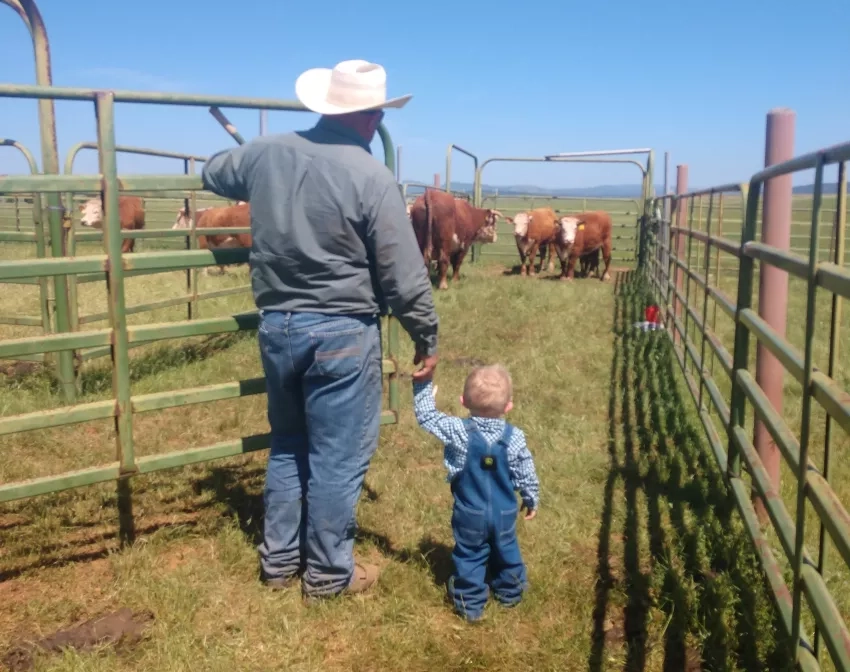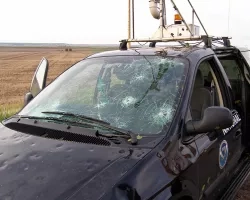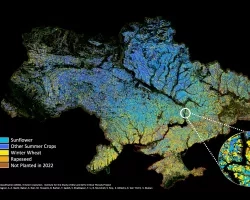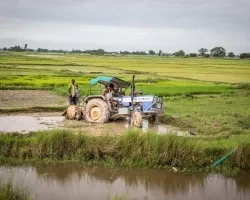Tracy Schohr is a rancher and farmer in Gridley, California; her family has raised beef cattle and grown rice for six generations. She also is assisting NASA in a scientific research to study drought and other agricultural issues.
The American west is seeing some of its driest conditions on record over the past 20 years. Due to climate change, the Earth atmosphere continues to warm and that is leading to longer and more severe droughts.
"We’re cattle producers, but we’re really grass farmers," she said in June 2021. "If you mismanage your grass then your cattle won’t survive."
That grass needs water to survive and thrive, so Shore checks water availability using maps from the U.S Drought Monitor. These maps and other resources help her make better decisions for the future.
She is also one of the many ranchers across the country who sends updates and photos to the scientists at Drought Monitor to help refine their maps. Data included in these resources come from an array of NASA missions, efforts and satellites.
“NASA is well-positioned to assess droughts because we have Earth observing satellites that provide frequent observations,” said John Bolten, associate program manager of water resources for the NASA Applied Sciences Program. We’re not just interested in our backyard; we’re interested in what’s happening regionally and globally.”
Every year in early November, Schohr and her family load their cows into cattle trailers and drive them to annual grasslands about 35 miles away. While there, the herd rotates through several pastures, searching for grass and water. This protects the land from overgrazing, ensuring that the cows have enough to eat and that healthy grasses will regrow in time for the next. “We have to have grass to grow grass,” Schohr explains. “And what’s best for the land is also what’s best for our cattle operation.”
The full version of this story can be found at NASA.gov at Drought Makes Its Home on the Range.
NASA at Your Table is a series of articles, videos and other features highlighting how NASA data, satellites and other assets are in use to preserve the nation's agriculture.
This story is part of our Space for U.S. collection. To learn how NASA data are being used in your state, please visit nasa.gov/spaceforus.





